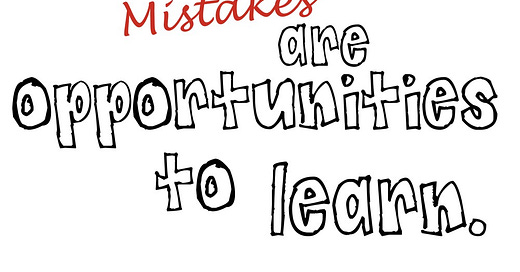2022 was a very turbulent and volatile year for sure and it has without a doubt been the most educational one for me so far. I did lots of mistakes, but I don’t regret doing any of them. Unless it’s a truly crippeling mistake, it is always an opportunity to learn and improve. Mistakes only become bad when you repeat them over and over, so like I did last year, I want to highlight a few of my key learnings from this year in this post.
Long runway compounders over fast growing tech stocks
My first lesson I learned is that my personal investment style is much more suited towards long term compounders with long runways of growth and great management. I noticed that I am a lot more comfortable holding those kind of companies, than the tech stocks that everybody talked about during the bull market. Of course, some of those will probably outperform, but it’s a lot more stressful then owning compounding machines.
I am not comfortable with Debt
In late March I started a position Domino’s Pizza DPZ 0.00%↑ , but shortly I realized that I kept worrying about the position. The investment case for Domino’s wasn’t bad, but I didn’t consider their debt strategy enough. Domino’s is a highly levered company at around 6x net debt/EBITDA and uses the debt to devour its shares. This strategy sounds nice on paper, but it comes with a lot of risk in my opinion. I usually want companies under 2x net debt/EBITDA, so Domino’s is way above that. I did another inverse DCF on the company and came to the conclusion that I do not see a sufficient risk/reward to reward me for the worrying: Domino’s needs to continue growing organically at a fast pace to keep up with interest payments (especially with rising rates) and it is far from the safe bet I made it out to be initially.
Skin in the game is necessary
Last year I got burned twice on companies without skin in the game where management owns less than 1% of the shares. The first one was the bigger and more obvious mistake in Teladoc TDOC 0.00%↑ , where Management had no accountability and kept finding excuses for the performance. I went into detail on it in this article. The second time I got disappointed in a management team without skin in the game was when Adobe ADBE 0.00%↑ acquired Figma for an unbelievably high price at the market lows with undervalued treasury shares, which were repurchased at much higher prices in the past. I detailed my full reasons for selling in this thread.
ALWAYS consider the share count
Another lesson from my Teladoc disaster (75% loss with a 15% allocation at the top) was to always look at per share values. I did not consider this enough when I evaluated the business’ performance after the Livongo merger. On an absolute basis growth was stellar, but on a per share basis it declined due to the excessive price and SBC.
Try to remove emotions
I am still trying to get better at removing emotions out of my process. In 2020 I purchased Nintendo $NTDOY shares and in retrospect childhood nostaligia was a big factor in that. It is by no means a bad company, but it also isn’t a company I need to invest my money in.
Bull Market euphoria is contagious
Looking back at 2021 I can’t believe what kind of multiples I paid for some of my investments and how I did not even look at profitability in some cases (mainly Sea Limited SE 0.00%↑ ). I now always do an inverse DCF model as part of my process and adjust earnings if the business could be overearning.
I hope you found some value in my (painful) learnings from 2022 and I’d love to hear your learnings of the past year. Also please share this post if you found it useful.
On to an even more insightful 2023 and beyond!





